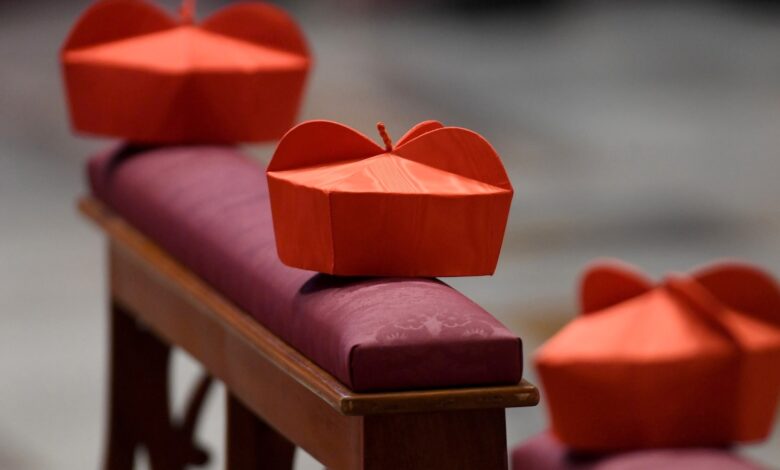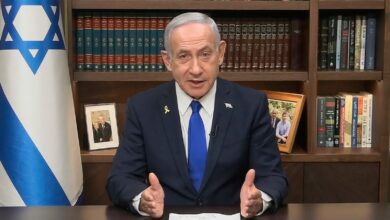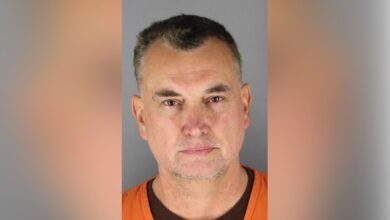Electing a new pope: What happens next?

The process of electing a new pope has evolved over the centuries within the Catholic Church, incorporating both ancient traditions and modern updates. The current procedure, established by Pope Benedict XVI in 2013, reflects a combination of historical rituals and contemporary practices. Despite these changes, the fundamental process has remained largely unchanged for generations.
Following the death of Pope Francis, a series of formalized rites and observances are set in motion during the interregnum period, which begins with the pontiff’s passing and ends with the election of his successor. This period, known as sede vacante or “vacant seat” in Latin, is marked by a nine-day mourning period and the pope’s funeral, traditionally held within four to six days of his death. The funeral takes place in St. Peter’s Basilica, allowing dignitaries and heads of state from around the world to pay their respects.
During the interregnum, all eligible cardinals under the age of 80 are summoned to Rome to prepare for the secret conclave held inside the Sistine Chapel to select the next pope. This gathering typically begins between 15 to 20 days after the pope’s passing, with the cardinals residing in private quarters at the Domus Marthae Sanctae, a residence hotel in the Vatican. As part of tradition, the cardinals are isolated from the outside world, with no access to televisions, phones, computers, or newspapers.
The College of Cardinals convenes to cast up to four ballots in a single day to elect the new pope, requiring a two-thirds majority for a candidate to be chosen. After each vote, the ballots are burned, and smoke is released from the Sistine Chapel’s chimney to inform the waiting crowds in St. Peter’s Square. Black smoke signifies an inconclusive vote, while white smoke indicates the successful election of a new pope. If three days pass without a decision, a day of reflection may be granted before resuming the voting process.
Upon the election of a new pope, the candidate is asked in the Sistine Chapel if he accepts the position and is invited to choose his papal name. While popes have the option to retain their baptismal name, it has become customary for the elected pontiff to select a new name, often in tribute to a predecessor and as a sign of their intention to follow in their footsteps.
The interregnum concludes with the newly elected pope making his first public appearance on the central balcony of St. Peter’s Basilica, overlooking the square, where he delivers a blessing to the gathered crowd. Introduced by the senior cardinal deacon with the traditional declaration “Habemus papam” or “We have a pope” in Latin, this moment marks the official beginning of the new pontiff’s tenure.





